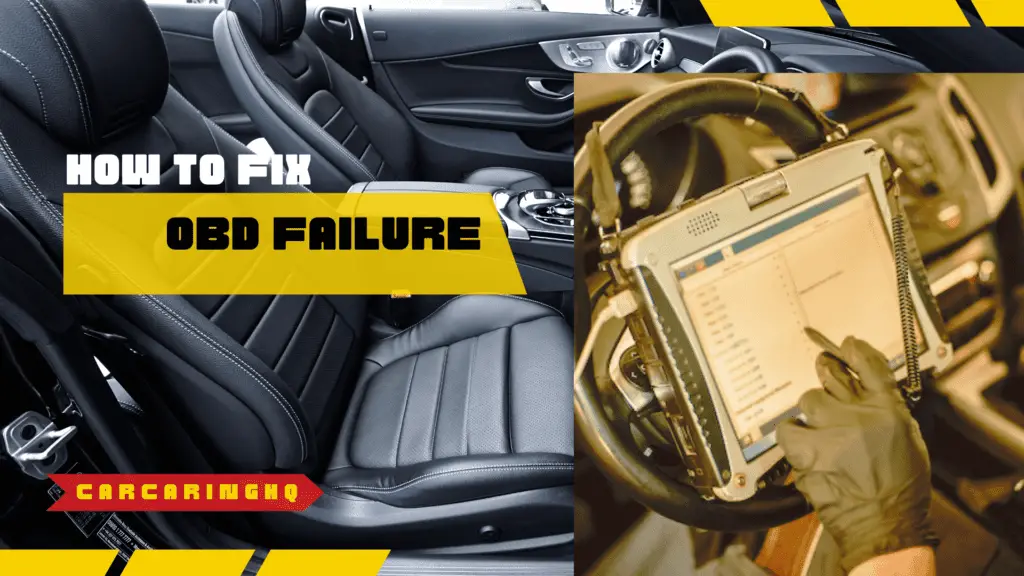When it comes to engine oil, selecting the right viscosity grade can significantly impact the performance and longevity of your vehicle’s engine. Two commonly used oil grades, 5w30 and 0w30, are often the subject of debate among car enthusiasts and professionals.
In this article, we’ll delve into the distinctions between these two oil types, highlighting their benefits, drawbacks, and the scenarios where each one shines.
Engine oil serves as the lifeblood of your vehicle’s engine, ensuring proper lubrication, heat dispersion, and protection against wear and tear.
The choice between 5w30 and 0w30 oil can significantly influence how well your engine functions under different conditions.
Table of Contents
- 1 Understanding Viscosity
- 2 The Significance of Winter Performance
- 3 Advantages of 5w30 Oil
- 4 Benefits of 0w30 Oil
- 5 When to Use 5w30 Oil
- 6 When to Choose 0w30 Oil
- 7 Considerations for Extreme Temperatures
- 8 Impact on Fuel Efficiency
- 9 Oil Change Intervals
- 10 Compatibility with Modern Engines
- 11 Maintenance Tips for Optimal Performance
- 12 Conclusion
- 13 Frequently Asked Questions (FAQs)
Understanding Viscosity
Viscosity refers to the oil’s resistance to flow. The “5w” and “0w” in the oil grades indicate their viscosity at low temperatures, with the “w” standing for “winter.”
The lower the number, the better the oil’s flow at cold temperatures.
The Significance of Winter Performance
Cold starts can be tough on an engine. Thicker oils, such as 5w30, need more time to circulate in cold weather, potentially leading to increased wear.
0w30 oil, being thinner at low temperatures, offers better protection during start-up.
Advantages of 5w30 Oil
5w30 oil strikes a balance between cold start protection and high-temperature stability.
It is a versatile choice for moderate climates and everyday driving conditions. Its slightly thicker viscosity provides a cushion of protection for the engine components.
Benefits of 0w30 Oil
0w30 oil excels in extremely cold temperatures. It flows more readily during start-up, reducing wear and tear on crucial components.
However, its viscosity might not hold up as well under high temperatures and intense driving conditions.
When to Use 5w30 Oil
If you live in a region with mild winters and experience moderate driving conditions, 5w30 oil could be your ideal choice. It offers good protection during cold starts and maintains stability as the engine heats up.
When to Choose 0w30 Oil
For those residing in frigid climates, where temperatures plummet during winter, 0w30 oil provides enhanced cold-start protection. It’s also suitable for short commutes and stop-and-go city driving.
Considerations for Extreme Temperatures
In regions with extreme temperature variations, choosing an oil that offers a good balance between cold and high-temperature performance is crucial. Both 5w30 and 0w30 oils can be viable options, depending on the specific conditions.
Impact on Fuel Efficiency
Thinner oils like 0w30 can contribute to improved fuel efficiency, albeit marginally. The reduced friction and quicker flow at start-up can translate to slightly better mileage.
Oil Change Intervals
Regular oil changes are essential for engine health. While both 5w30 and 0w30 oils can last for thousands of miles, it’s advisable to follow the manufacturer’s recommendations for optimal performance.
Compatibility with Modern Engines
Modern engines have specific requirements for optimal performance and longevity. Consult your vehicle’s manual to determine which oil grade is recommended by the manufacturer.
Both oil types undergo rigorous testing to meet environmental standards. Proper disposal of used oil is vital to minimize environmental impact.
Maintenance Tips for Optimal Performance
- Follow recommended oil change intervals.
- Monitor oil levels regularly.
- Choose the appropriate oil filter.
- Consider your driving habits and environment when selecting oil.
Conclusion
In the debate between 5w30 and 0w30 oils, there’s no one-size-fits-all answer. Your choice should be based on factors like climate, driving conditions, and the manufacturer’s recommendations.
Each oil grade has its own set of advantages and considerations. To ensure your engine’s longevity and performance, make an informed decision that aligns with your vehicle’s needs.
Frequently Asked Questions (FAQs)
1. Is it safe to switch between 5w30 and 0w30 oils?
Switching between these oil grades is generally safe, but consult your vehicle’s manual for guidance.
2. Can I use 0w30 oil in warm climates?
While 0w30 is optimized for cold temperatures, it can still perform well in warm climates. However, consult your vehicle’s manual for recommendations.
3. How often should I check my oil levels?
It’s a good practice to check your oil levels once a month or before long trips.
4. Does using 0w30 oil void the vehicle warranty?
Using the recommended oil grade, whether 5w30 or 0w30, is unlikely to void your warranty. Always adhere to manufacturer guidelines.
5. Where can I purchase high-quality engine oil?
You can find suitable engine oils at auto supply stores, dealerships, and online retailers. Remember to verify the oil’s compatibility with your vehicle’s requirements.







